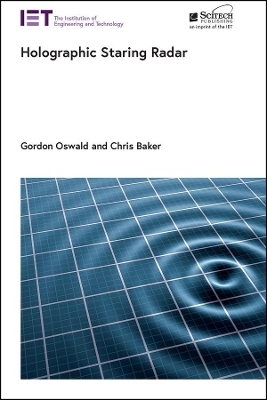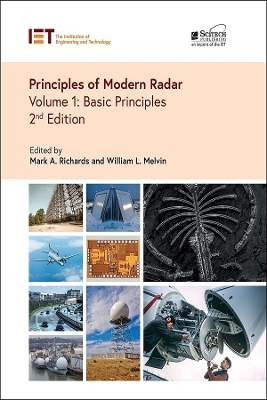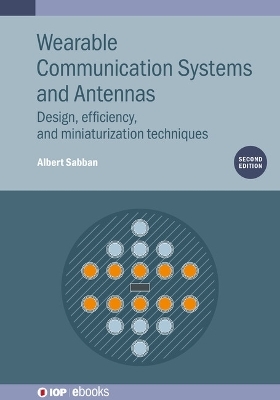
Holographic Staring Radar
Institution of Engineering and Technology (Verlag)
978-1-78561-389-0 (ISBN)
The development of radar has been one of the most successful direct applications of physics ever attempted, and then implemented and applied at large scale. Certain watchwords of radar engineering have underpinned many of the developments of the past 80 years and remain potential avenues for improvement. For example, 'Narrow beams are good', 'Fast detection is good', 'Agility is good', and 'Clutter is bad'. All these statements of merit are true. The underlying principles for all these statements are the laws of physics, and they provide support for current radar designs. However, each of these statements is really a design choice, rather than their necessary consequence.
This book shows that under the physical laws and with modern data processing, staring radar offers a new direction of travel. The process of detection and tracking can be updated through persistent signal discovery and target analysis, without losses in sensitivity, and while delivering detailed information on target dynamics and classification.
The first part of the book introduces various forms of staring radar, which include the earliest and simplest forms of electromagnetic surveillance and its users. The next step is to summarise the physical laws under which all radar operates, and the requirements that these systems need or will need to meet to fulfil a range of applications. We are then able to be specific about the technology needed to implement staring radar.
Gordon Oswald was the chief science officer of Aveillant Ltd, UK. He studied physics at Oxford, then radioglaciology at Cambridge, applying radar in Arctic and Antarctic geophysics. He joined Cambridge Consultants (Arctic remote sensing; European and US anti-air weapons evaluation; automotive collision avoidance); founded Aveillant (aviation and wind turbine reconciliation; UAV threat classification). He has served as a research professor at the University of Maine, chairman of the British Association of Remote Sensing Companies, and organising secretary of the Cambridge Society for the Application of Research. Chris Baker holds the chair in Intelligent sensors systems at the University of Birmingham and prior to this was the chief technology officer of Aveillant Ltd., UK. He has also held positions at The Ohio State University, Australian National University (ANU), University College London and UK government research laboratories. He is the author of over three hundred publications, including Stimson's Introduction to Airborne Radar. He is a fellow of the IET and the IEEE and holds a number of visiting positions at leading universities.
Chapter 1: Introduction to holographic staring radar
Chapter 2: Users and uses of surveillance radar
Chapter 3: Physics of holographic staring radar
Chapter 4: Applications of holographic staring radar
Chapter 5: Configurations for HSR
Chapter 6: Cell discovery and HSR signal metrics
Chapter 7: Vulnerabilities and resilience
Chapter 8: Coherent target histories
Chapter 9: Multilook mapping and multipath suppression
Chapter 10: Spectrum efficiency and HSR networks
Chapter 11: Holographic staring radar - to summarise
Appendix 1: Measurement of dynamics in aerial manoeuvres
| Erscheinungsdatum | 02.02.2022 |
|---|---|
| Reihe/Serie | Radar, Sonar and Navigation |
| Verlagsort | Stevenage |
| Sprache | englisch |
| Maße | 156 x 234 mm |
| Themenwelt | Technik ► Nachrichtentechnik |
| ISBN-10 | 1-78561-389-8 / 1785613898 |
| ISBN-13 | 978-1-78561-389-0 / 9781785613890 |
| Zustand | Neuware |
| Haben Sie eine Frage zum Produkt? |
aus dem Bereich


